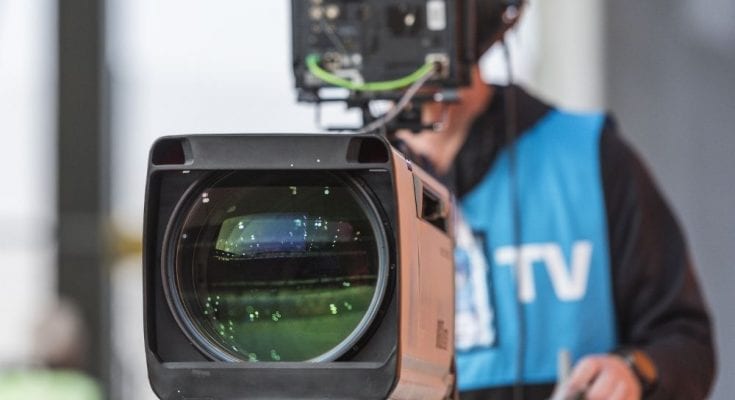There is no doubt that the experience of watching sports has changed. Long gone are the blocky yellow letters that spelled out the players’ lineups and occasionally the score. Here are the days when onscreen aids help us understand nearly every second that happens in a game. The innovations have come across many sports. Progress comes in increments as technology develops and consumer demand for these graphics becomes further defined. The history of graphics in sports broadcasting is illustrated by the innovations in this brief guide.
The Fox Box
When you’re watching football or just about any other sport these days, you can immediately see the score while the action is in play. It’s in a small box in the corner of your screen that contains both the score and game clock. Critics originally thought it would clutter the screen and drive people away from blowouts. After watching an afternoon of English soccer and wondering about the score for most of it, executive David Hill became convinced of its viability. The potential for virtual and motion graphics was solidified in sports, and companies were formed to redesign the viewer experience.
1st and Ten System
Football before 1998 could be a trudge to watch. Without onscreen graphics, it was challenging to follow gameplay. Luckily, new ideas provided fans with a system to intake important information without detracting from the game. The 1st and Ten camera system were born. A yellow line was placed onscreen, marking the first down position, a design of cameras and algorithms that work together. The yellow line has become as natural to the game as the green color on the field. While very complex in its execution, the 1st and Ten line seems extremely elegant and simple, almost as if it were painted directly on the field. This was the next step of placing important information into the hands of the viewer.
Pitch F/X
Since the initiation of the 1st and 10 system, many other graphics have been developed. Pitch F/X uses a system of three cameras in a baseball park to give you instant information on every pitch. From one pitch alone, the software can tell you the type of pitch, speed of the ball, the direction it spins, and where it ends up in the strike zone. Networks have transformed this technology into an onscreen graphic showing whether the baseball crosses home plate in the strike zone or not. Incredibly, the software is accurate within one inch. Like the yellow line, Pitch F/X offers valuable information to the viewer without being a nuisance on the screen.
So, how has the sports viewing experience changed the way we watch sports? In addition to football and baseball, developers have improved all televised sports for the viewer through graphic visualization. We hope you enjoyed this brief history of graphics in sports broadcasting.
Additional Resources:
Green Bay Packers
Minnesota Vikings
SF Niners
Houston Astros
LA Dodgers
Boston Celtics
Dallas Mavericks
KC Chiefs



